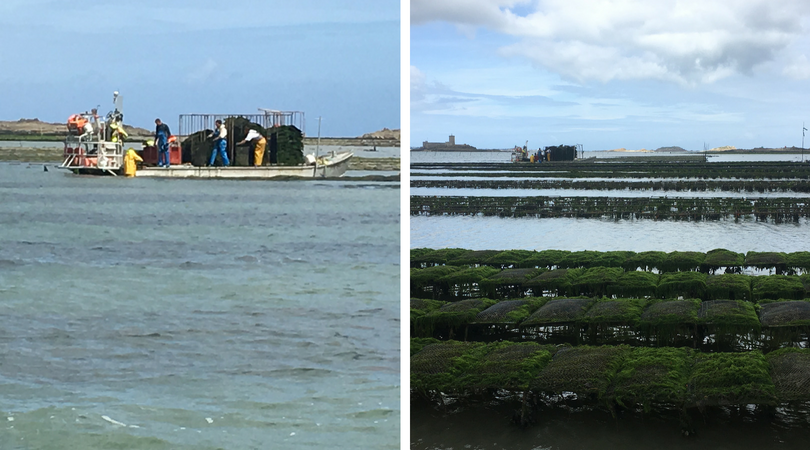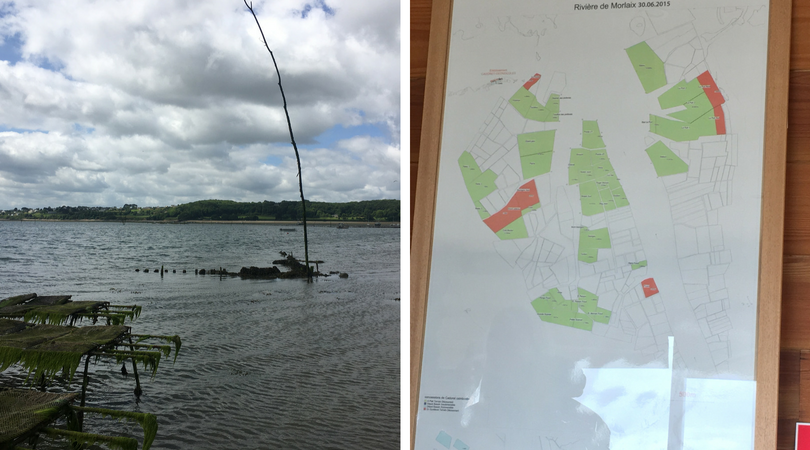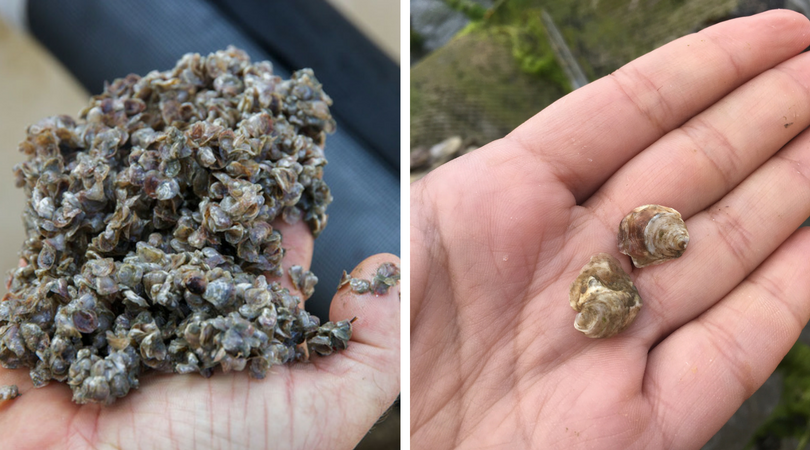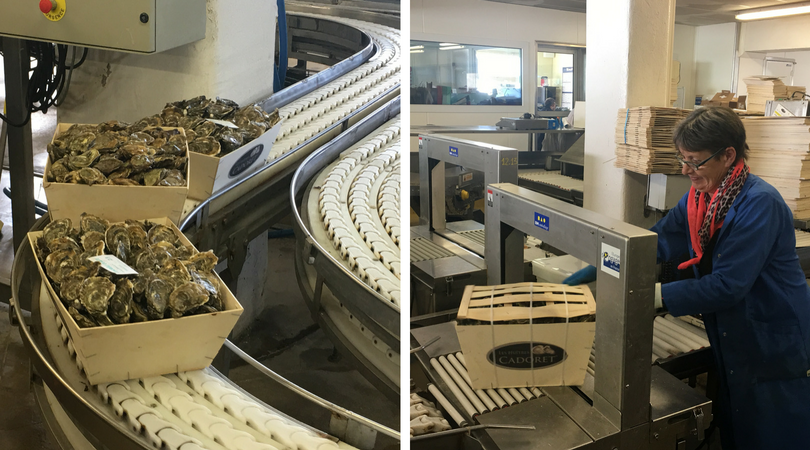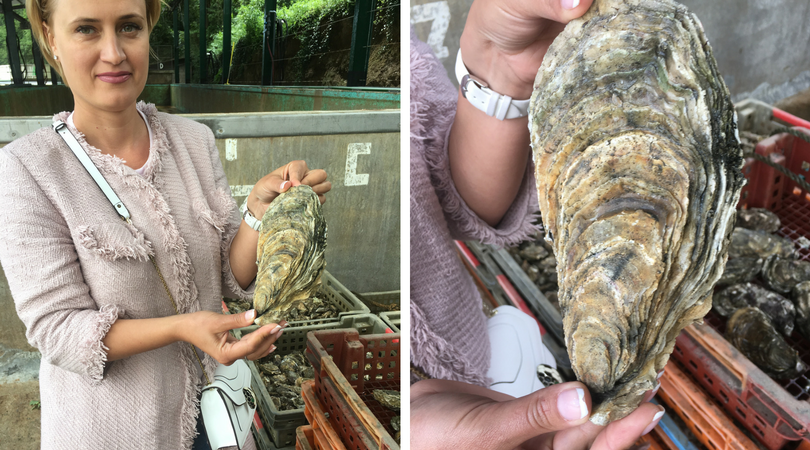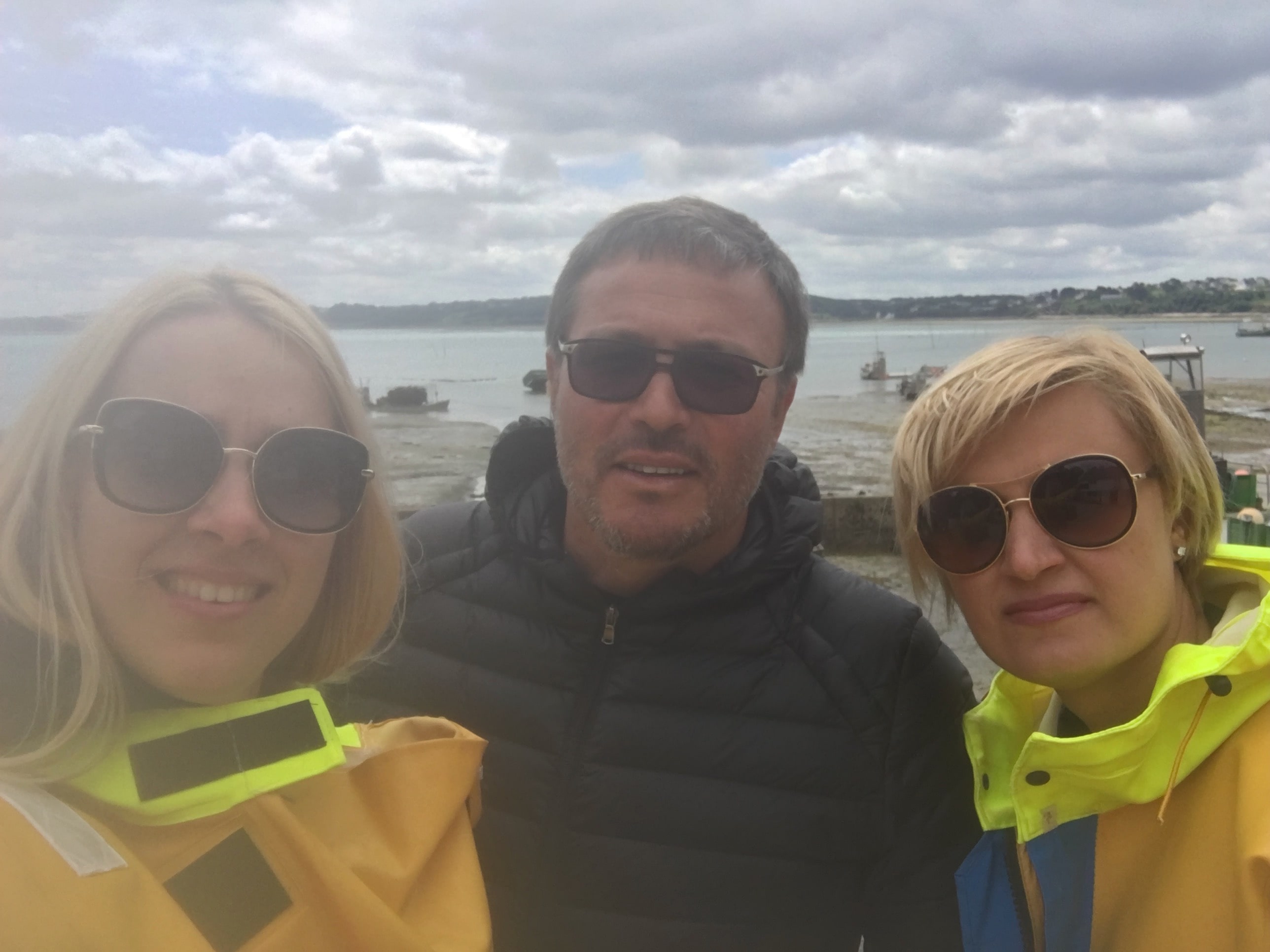Site sections
Editor's Choice:
- Business with China - where to start, how to find suppliers + TOP-15 goods from China and a list of trading platforms
- Where to invest 1000 dollars
- Three common misconceptions and six life tips
- How can maternity capital be used - what needs can be spent on maternity capital
- Caramel apples - a new idea for business
- Ready business plan for beginners
- Gypsum tiles for stone: 7 advantages of the material
- How to buy the best and interesting unusual goods from China for home, gifts and sale on Aliexpress in Russian?
- Business plan for opening a bath
- Where to spend maternity capital before the child is 3 years old
Advertising
| How are oysters grown in oyster farms? |
|
Oysters are used by chefs on all continents. And every generation of chefs is reimagining flavor, texture and cooking method. In modern gastronomy, in addition to the most popular way of eating (live), shellfish are dehydrated, smoked, baked with kimchi, canned, made mayonnaise, whipped with tequila, and even boiled consommé. In addition, oysters are rich in minds, and shellfish protein is easier to digest than egg protein, which inspires chefs to pairing with nontrivial ones. But oysters are one of the few molluscs that are usually eaten alive, and this is an increased responsibility of the cook to the guest. That is why the chef must perfectly understand the taste himself, in order to skillfully serve to the guest. The problem is that in Ukraine the culture of consumption of oysters is only gaining momentum, and we cannot compete with France or the United States in this matter either. And it is quite difficult to thoroughly study a product that is not produced in Ukraine. But in order to understand what determines the famous taste of certain oysters, the chef needs to know all the stages of cultivation. That is why we decided to seek professional help and visit the farm "Oyster King" (as many call him), the largest oyster producer in France, speaker of the FONTEGRO UKRAINE 2016 Congress, Jean-Jacques Cadore. Yes, and French oysters are considered the most noble ones, although they are already grown in many countries. « In total, there are over 3000 oyster farms in France. The most famous regions are both banks of the English Channel: Brittany, Normandy, Essex and Kent, Arcachon Bay (in Bordeaux), French Mediterranean coast. So the competition is huge. But, despite the fact that our family has been engaged in oysters for many decades (namely, since 1880) and has been running the business for the fifth generation, the economy became profitable when ... my grandmother took the reins of government, - says Jean-Jacques. “It was then that we became a kind of quality mark, and many chefs began to make a special note on the menu that these were oysters from the Cadoret farm”. Today, in principle, nothing has changed: many top world chefs work with Cadoret. And it's hard to disagree with this! But first things first.... The Cadoret farm is located in the province of Brittany in northern France, in a small town on the banks of the Belon River. “It is the region's stable, temperate climate that enables oysters to grow and absorb all the forces of water for the best taste. We do not have sweltering heat, but we also do not have frost. This is the most favorable climate for oysters, the fact is that a temperature jump of even 10 degrees can kill an oyster, ”says Jean-Jacques.
Have you ever wondered how long it will take for oysters to reach a chef's kitchen or a guest's table? After all, eating a dozen oysters is so easy! « Each oyster grows for 3-5 years. And these are natural conditions for growth. The very concept of an oyster farm is quite subjective. By the word “farm” we usually mean a place where you can influence growth rate, fertility, feed, heal and promote growth in every possible way. But in the oyster farm, things are different. We cannot artificially influence the growth of oysters - we can only help them grow in natural conditions and acquire a taste, ”continues Jean Jacques. Oysters are divided into two types, depending on the shape of the shell: flat and deep. Further, each type is divided into categories, of which there are now more than 50. Categories depend on the place and duration of refining. Also, the size of oysters has its own measurement scale. Flat oysters have a size range of 2,1,0,00, 000,0000. At the same time, 0000 is the largest, it is also called a horse hoof. Deep oysters are sized by numbers, 4, 3, 2, 1 and 0 are the largest. The Cadoret family leases most of the Atlantic Gulf... Yes, it leases! Oyster farmers rent marine hectares from the state in the same way that farmers rent land for agricultural work. The entire bay is divided into plots owned by different farms. The plan of the bay is one of the main documents of the oyster economy, since it is necessary to strictly observe the water boundaries with the neighbors. Sticks are considered the most accurate boundaries between the sections, because they give 100% accuracy, in contrast to the marine GPS, which has an error of + \ - 10 meters.
Looking at the plan in his office, Jean-Jacques smiles: “Every year we buy out new plots, optimizing logistics, and my dream is a complete monopoly over the bay. After all, the fact is that it is the full growth cycle of mollusks that is our feature and main advantage. You can buy oysters 1–1.5 years old and grow them further, or you can buy fry, and then the production period increases. We grow oysters from fry. We purchase 100 million annually baby oysters ". 100 million fry - just imagine this amount! The entire oyster growing cycle is divided into several stages. The first stage is buying fry. Spat (oyster caviar, juvenile oysters) are harvested from the wild. The oyster is hermaphrodite, so it reproduces without, so to speak, outside interference. The best time is summer. Hence the belief that oysters are not eaten in summer. Juveniles are born inside the shell, about five in one. And after 3-5 days the fry come out. At this time, they need to gain a foothold somewhere, usually these are stones or special collectors at a depth. It is at this stage that they are harvested by hand for further cultivation on farms.
“But the problem is that in the first year, due to various reasons and circumstances, 35% of fry die - the so-called natural selection. Then, an average of 10% die annually. That is during the growing period, in total, about 70-80% of the original amount perishes. That is why not every farm can afford to work with fry. We control the process from the very beginning, and this is one of our advantages, ”explains Jean-Jacques. Baby oysters are placed in special nets and placed on the so-called tables on the CARANTEC Bay. Daily ocean ebb and flow is good for the overall growth of oysters. It should be noted that the tide schedule is another important document for the farm: all work must be done at low tide. Oysters, like people, grow in different ways: some are fast, some are slow, some are thin, others are well-fed. And it is simply impossible to artificially influence the uniformity of growth. " The only thing we can influence on is the shape of the shell and the fat content of the mollusk. ", - clarifies Cadore. The nets with oysters are turned over, tapped with a stick, stirring them, about once every two weeks. Thus, the shape of the shell and the meat inside take on a more regular shape. Otherwise, the shell will be long and narrow, and the mollusk itself will not be so fleshy. The whole process takes about a year. “One of the main difficulties at this stage is the possible diseases of oysters. Yes, oysters can be sick. There is, for example, the oyster virus, which causes the death of the shellfish. A few years ago, the virus took away 80% of our harvest, because we are completely powerless against the virus.... No antibiotics, growth enhancers and fortified foods. How can we influence wildlife? " - explains Jean-Jacques. After a year, the shellfish are lowered to the bottom of the bay for another two years - for further growth, this is the second stage of production. And at this stage there are also risks: a storm or marine predators (seagulls, starfish, snails, crabs and some types of fish). After three years, the next stage begins. The oysters are hand-picked and selected ready for refining, which takes place on the Belon River, 150 km from the farm. The rest are returned to the bay. To get the oysters, special cars leave, which seethe water with nets, and the so-called "water vacuum cleaner" pulls the oysters onto the launch. This used to be done entirely by humans and took much longer. "We compare refining to the process of decanting expensive wine", - comments Cadore. In the process of refining, the taste of the oyster softens, becomes deeper, and excess salt leaves. Therefore, the refining takes place in fresh water. In our farm - on the Belon River. Duration - from three months to twelve. On the bank of the river there is a shop for sorting and packing shellfish, which allows to shorten the delivery time, respectively, to preserve freshness as much as possible. The oysters removed from the water are fed onto a conveyor belt. Each oyster is tapped by hand to determine the density of the meat inside the shell.
If the worker has doubts, the oyster is placed on the second belt, which returns them back to the river to continue refining.
Oysters are packed in wooden boxes of various sizes, but the quantity is always a multiple of 12. Moreover, they are packed in a certain way so that the oyster retains moisture. After all, with a loss of 20% of water, the mollusk will die on the road. The shipping process for oysters is daily and never interrupted. The Bay Oyster Farm operates seven days a week. But during the Christmas season, the number of workers doubles or even triples, as it is high consumption season in France. After all, oysters are a traditional Christmas dish for the French. “In Europe, by the way, they prefer 3-4 size oysters. Larger oysters used to be just thrown away. Now it is a deficit, which is sorely lacking. This is due to the fact that chefs create a large number of oyster-based dressings or dehydrate them and then rub them into a dish.
In my opinion, an oyster acquires its ideal taste 2-3 days after catch, and I prefer not to spoil this taste. Therefore, I don't even water them with lemon juice, ”explains Jean-Jacques, and I agree with him. If you had the opportunity to taste oysters in France, and even on a farm, you will not be able to forget this taste! On average, the farm ships about 20 million oysters per year. Oysters are shipped all over the world. All of Europe, China, Singapore, Japan, Russia (until recently) and, of course, Ukraine. To get to the kitchen to the chef and to the guest's plate, the oyster goes a long way of growth, turns over hundreds of times in nets and sorts dozens of times. And the fact that today everyone and almost anywhere in the world can enjoy a truly unique taste of an oyster, we owe the oyster farms. Like Jean Jacques Cadore, and people like Jean Jacques Cadore, dedicated to their work and willing to talk about it for hours.
In our country, the exclusive distributor of oyster farms Kadore is the Odyssey company. |
| Read: |
|---|
Popular:
Power and energy measurement
|
New
- Tired MPs want to give Russians a two-hour lunch break. Concepts and categories
- Massage covers Relaxation cape
- Relaxation cover Ergopower ERSC7H Contraindications and benefits of massage cover
- How to pay for utilities directly to the resource supplying organization When we pay directly to utility providers
- Recommendations for finding a job abroad for Russians, Ukrainians, Belarusians
- Forgot the code word belagroprombank How to set up a mobile key belagroprombank
- The habits of rich people: behavior, thinking and interesting facts What makes a person rich ask
- Belagroprombank personal account Fransabank internet banking login
- How to make money on agricultural tourism in Russia How to open an agricultural estate in Belarus
- How much is the labor of a kindergarten teacher in our country and in other countries?

